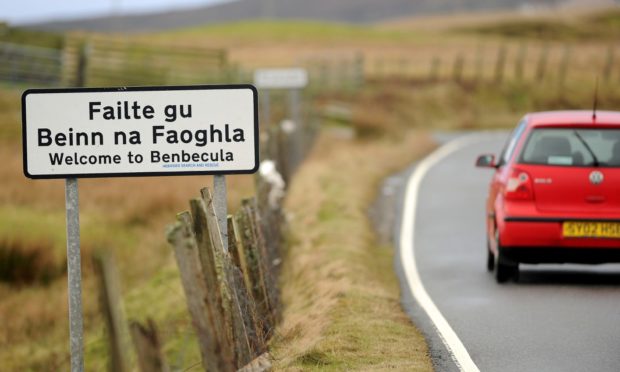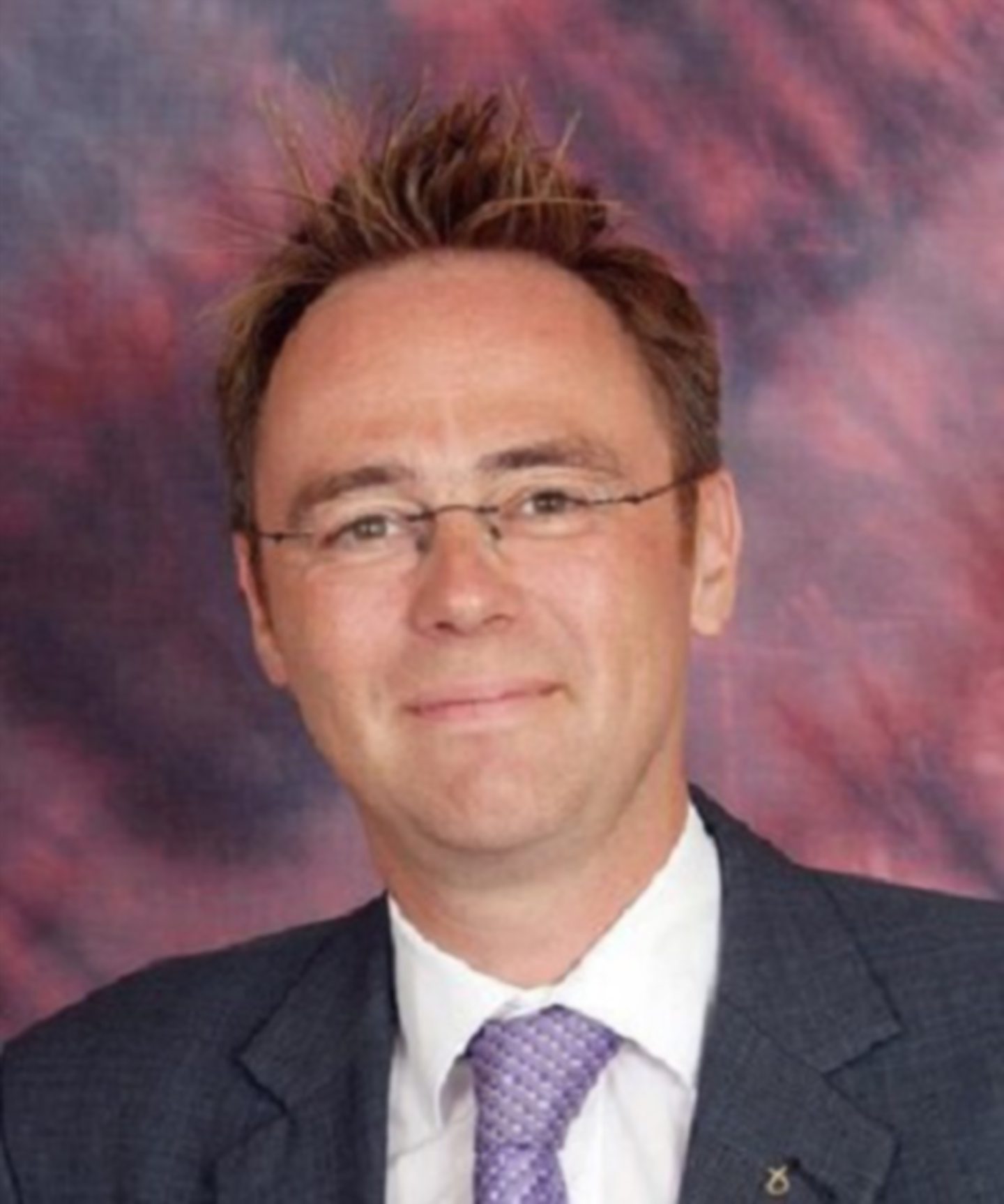A new Gaelic report shows urgent action is needed to support and protect the language which is in a “precarious” position in its heartland.
It also underlines how the decline of the language reflects wider challenges facing island communities.
Gaelic minister John Swinney will today be handed the report which summarises views from community meetings in the Western Isles, Skye and Tiree on the future of the language.
The meetings followed a damning book that claimed Gaelic could collapse as a community language within a decade in its main stronghold.
‘The Gaelic Crisis in the Vernacular Community’ was published in July by researchers from the University of the Highlands and Islands Language Sciences Institute and Soillse, a multi-institutional research collaboration.
Gaelic language development trust
Western Isles MSP Alasdair Allan worked with a cross-party group of MSPs and Soillse to consult island communities on Gaelic development.
His report contains a number of recommendations, including consideration of a Gaelic-language development trust (Urras na Gàidhlig).
It also suggests a Gaelic strategy for island communities, a network of staff to progress language initiatives, support to encourage using the language at home, and a campaign to raise awareness of the importance of Gaelic in the Hebrides.
Dr Allan said: “Gaelic’s position in our island communities is precarious. We heard time and again through the conversations how pressures on the language reflect broader challenges within our rural communities.
“Many felt that current language policy actions do not go far enough in realistically addressing the underlying causes of the language’s decline, such as demographic decline, good jobs and housing.
“I hope that this report highlights the need for future public interventions regarding language development to be more wide-reaching and comprehensive. Public policy can and should do more to support and protect the language and this needs to be done without delay.”
The report said Gaelic should be an integral part of policy thinking in the management of housing, crofting, fishing and other sectors.
It said: “Language planning is not presently seen to be integrated in a meaningful way into broader development issues. Indeed, communities viewed linguistic decline as a broader metaphor for the decline of rural island communities.”
The meetings felt the loss of indigenous communities of native speakers would represent an “existential threat” to the language nationally. However many people questioned whether there was adequate resolve at a national level to revitalise the language in the community.
Factors in the decline included the loss of “traditional linguistic domains”, such as in church or in crofting, and the “linguistic brain drain” of young speakers to the mainland, for work.
Urgent action
The Gaelic report calls for urgent action.
A Bòrd na Gàidhlig spokeswoman said it welcomes any debate which contributes to understanding of Gaelic in Scotland today.
“The primary aim of the current National Gaelic Language Plan is that Gaelic is used more often, by more people and in a wider range of situations.
“The National Plan was prepared on the basis of wide consultation with many communities and organisations, and the findings of the Soillse book along with the conversations led by Dr Allan appear to confirm that this remains a reasonable and necessary aim.”
Last week Bòrd na Gàidhlig launched a questionnaire, which remains open until January 25, seeking views on the key aims of the next National Plan.

